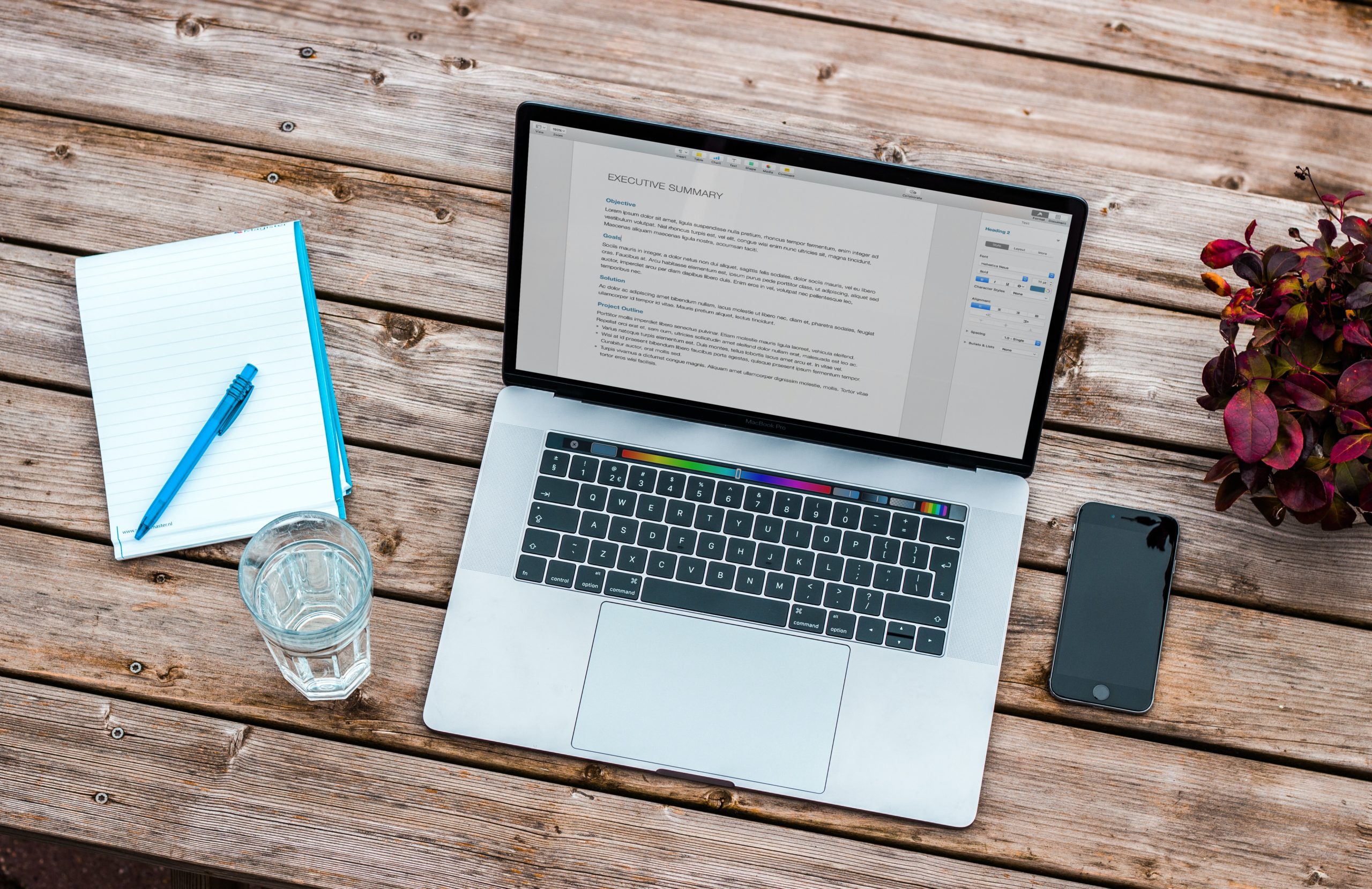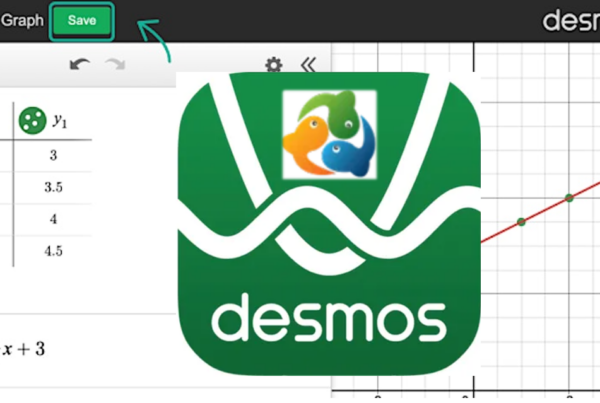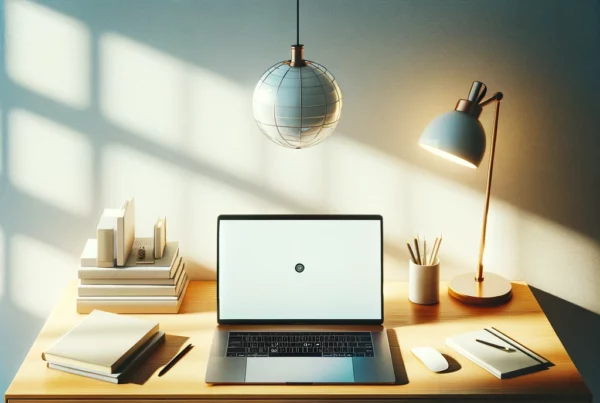The College Board is rolling out the adaptive Digital SAT for March 2024. Many students and families are still not aware of these differences or how they will affect test takers. If you are a member of the subpopulation of students with accommodations, you need to pay special attention to this change, especially given the fact that you may actually be eligible to take a new linear paper-based SAT instead. After March 2024, the previous version of the paper-based SAT will not be available to any students, regardless of accommodations status.
The Differences between the Adaptive Digital SAT and the Linear-Based Paper SAT
Testing Time
The Digital SAT is shorter than the outgoing exam format, running for only 2 hours and 14 minutes for regular-time students. The linear paper SAT is slightly longer than the Digital SAT, running for 2 hours and 44 minutes for regular-time students. Both of these tests are shorter than the pre-2024 paper-based SAT, which ran for 3+ hours. (Note: these times do not include breaks.)
Total Questions
The linear paper test has more total questions than the digital test: while the digital test has 54 Reading & Writing questions and 44 Math questions, the linear paper test has 66 Reading & Writing questions and 54 Math questions. Both tests have fewer questions than the pre-2024 paper SAT.
Annotation
On the Digital SAT, students are provided 3 pieces of blank scratch paper. This means they must copy any relevant information from the problems on the screen to the scratch paper as they solve problems. The linear paper SAT, on the other hand, allows students to work directly on the page. This can be a critical factor for students who frequently make transcription errors.
Calculator Access
Students are allowed to use a calculator on all math sections of both the digital and linear paper tests. However, the Digital SAT allows you to use the built-in Desmos calculator, which has some functionality that is not easily replicated on a traditional graphing calculator.
Is Your Student Eligible to Request a Linear-Based Paper SAT?
The College Board has effectively implied (without any formal written statement) that any student eligible for accommodations for a diagnosed learning difference can request a paper test. At this time, there is no specific disability or diagnosis that has been noted as being eligible or ineligible for the paper test.
Should Your Student Request to Take the Linear-Based Paper SAT Instead?
It’s a great question. Although in theory all students who get accommodations might be eligible to apply for the paper-based test, it may not be the best fit for all of these students. Choosing between the two testing options (assuming a student is eligible for both) will come down to how the symptoms of their disabilities manifest in the different testing environments. For certain students with visual impairments or dyslexia that make it hard for them to ground visually on a screen, we suggest they consider the paper SAT. Additionally, for students who often make errors when transcribing questions, the paper test may be a better fit. For students with dyscalculia, the functionality of the Desmos calculator may be of bigger benefit to them. For students with ADHD and attention issues, we would suggest they choose the format that feels easier for them to focus on. Ultimately, some students do very well with digital exams, while others do not. We generally suggest students consider taking a practice test of both exams through our practice test program.
How Will Testing Accommodations Change on the Digital SAT?
Some testing accommodations are administered differently when a student is taking the Digital SAT compared to a paper SAT.
Here is an overview of the most common changes:
- Students who receive extra time will take the exam in a single sitting and will automatically be given extra breaks.
- Students approved for a reader will be allowed a screen reader with headphones on the digital test and will automatically be approved for one-half extended time.
- Students approved for “extra breaks as needed” will see a pause button below the timer.
- Students approved for a writer/scribe will be allowed to use speech-to-text software.
- Students approved for “Limited Time” will test over a multi-day period not exceeding their approved time limit.
- Students approved for Large Print Exams will use the Zoom feature.
- The 4-Function calculator accommodation is no longer available.
The Following Tools are Available for All Students on the Digital SAT:
- Zoom
- Color contrast
- Calculator
- Math Reference sheet
- Annotator (highlighter and notepad)
- Mark for review
- Answer eliminator
- Question navigator (to quickly review and navigate to specific questions)
- Expand passage or item
The College Board’s explanation for using accommodations on digital exams can be found here.
Questions?
If you have any questions about SAT accommodations on the digital or paper exams, please reach out to our accommodations expert Hailey Andler at hailey@mindfish.com or 720-307-2750.
Hailey Andler
Hailey is a Board Certified Cognitive Coach who has worked with dyslexic and neurodivergent students for over 10 years. She currently works as Mindfish’s Managing Director and oversees Mindfish’s programs for neurodivergent students. As an educator with double deficit dyslexia and auditory processing disorder, Hailey is intimately aware of the difficulties that many students with learning differences face. While Hailey specializes in working with dyslexic students, she also works with students with all types of learning differences including ADHD, Autism, and Dysgraphia.





